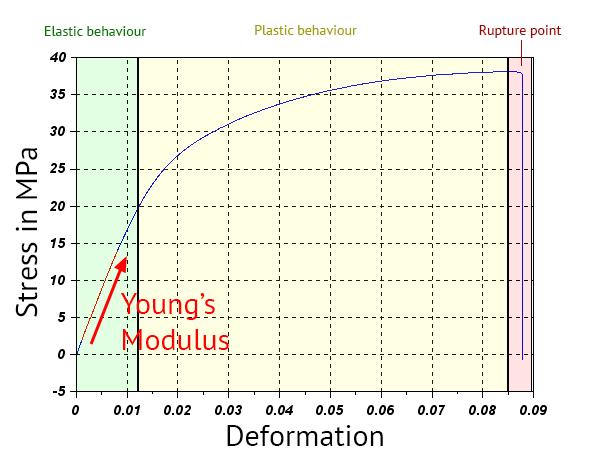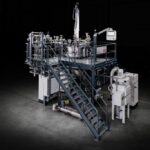

While there is a great deal about 3D printing that can be highly artistic and intuitive in nature, there is also a vital portion of it that requires and celebrates precision and technical achievement. In order to produce something to a very exacting, pre-planned specification, you have to know to a very precise degree the nature of the materials with which you are working.
The folks at Sculpteo were interested in exploring and documenting information about the elasticity of the raw material that is fed into the 3D printer. While some information about this is provided directly by the manufacturers, the team at Sculpteo argues that the data is highly dependent upon which production process is used and wanted to set about detailing the nature of a material’s elasticity in a more exhaustively detailed manner.
Knowing the elasticity of a material is what helps to calculate, during the design phase, against the possibility that any given piece will rupture or break. The most common method for its calculation is the Young’s modulus, also known as the traction or elastic modulus. Young’s presents data about the amount a material can be deformed in relation to the amount of force required to deform it.
The team at Sculpteo wanted to conduct tests that would provide information about the elastic behavior, plastic behavior, and rupture points of a variety of materials using the Young’s modulus. Elastic behavior is the first area reached when force is applied to a material, causing it to deform but before the deformation becomes permanent.
Once the deformation makes a permanent change in the shape of the material, it is exhibiting plastic behavior. Moving past those first behaviors and continuing to apply greater force causes an increase in deformation, leading to a rupture in the material.

The test Sculpteo selected to perform was the tensile test, which they explained in a blog post about the experiments:
“A tensile test is an experimental measure, where you try to elongate an object, while measuring the strength you are using to do so. The elongation process is made with a constant speed, until we reach the breaking point. This gives us everything we need to draw a force curve based on the elongation. Thanks to those values, we are then able to deduce the elasticity modulus of the material, and its elongation at the rupture point.”
In order to ensure the accuracy of the results, the tests needed to be performed multiple times. Over a period of two days, the tests were repeated at the MSSMat Laboratory and were executed using a variety of materials such as flexible plastic (TPU), white plastic (PA11), and black plastic (PA12), as well as several interventions with the plastic materials such as dyeing or applying smoothing beautifier.
After the tests, the team did not feel sufficiently satisfied to make a statement about the Young’s modulus of the flexible plastic, but did obtain results for the other two materials. The black plastic was found to have a greater elasticity than the white plastic, and the two applications—dyeing and the application of smoothing beautifier—had no noticeable impacts on the materials’ performance. Let’s discuss this further over in the Sculpteo Evaluates 3D Printing Materials forum at 3DPB.com.
[Source: Sculpteo]
If you're looking to get architectural 3D animation in the USA, our service provides an exceptional way to bring your architectural concepts to life through dynamic, immersive visuals. Through our platform, you can easily request high-quality 3D animations that showcase your designs in motion, offering a detailed view of your project from multiple angles and perspectives. Whether it's for a real estate development, a commercial building, or an urban planning project, our expert team ensures that every detail is captured in a visually compelling animation.
Through our website, you can seamlessly get architectural 3D animation tailored to your project’s specific needs. With our help, you can offer potential clients or investors an engaging experience that goes beyond static images. By integrating CGI animations with real-world settings, lighting, and textures, our team creates a lifelike experience that allows your audience to interact with your project as though it were already built. This service is perfect for presenting complex designs in a clear, visually attractive way that stands out in the competitive architectural market.




